If you’ve ever heard of Lake Natron, you probably know that you shouldn’t be swimming in it or drinking from it. This Tanzanian lake is colored in bright red and orange and is honestly one of the most unique sights you’ll ever lay your eyes on, but it’s sadly also ridiculously dangerous.
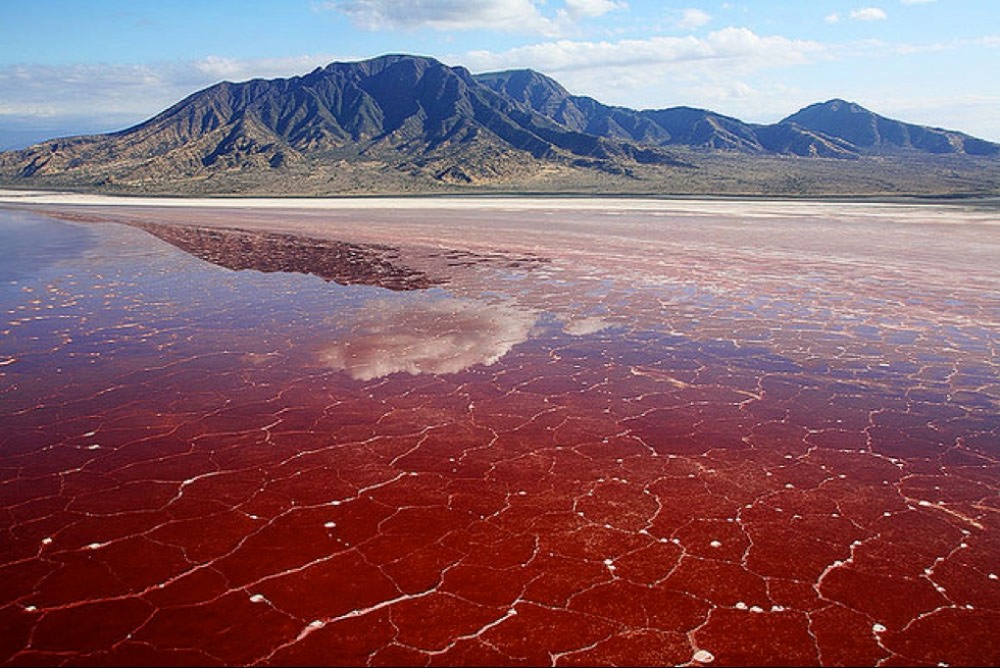
The lake can be found in northern Tanzania, right next to Kenya, and contains a whole lot of alkaline and sodium carbonate. This is what makes the water so very salty and gives the lake its name. If that’s not bad enough, the water is also constantly at a temperature of about 40-60 degrees Celsius because of the climate and the fact that the water of the lake comes from a hot spring.
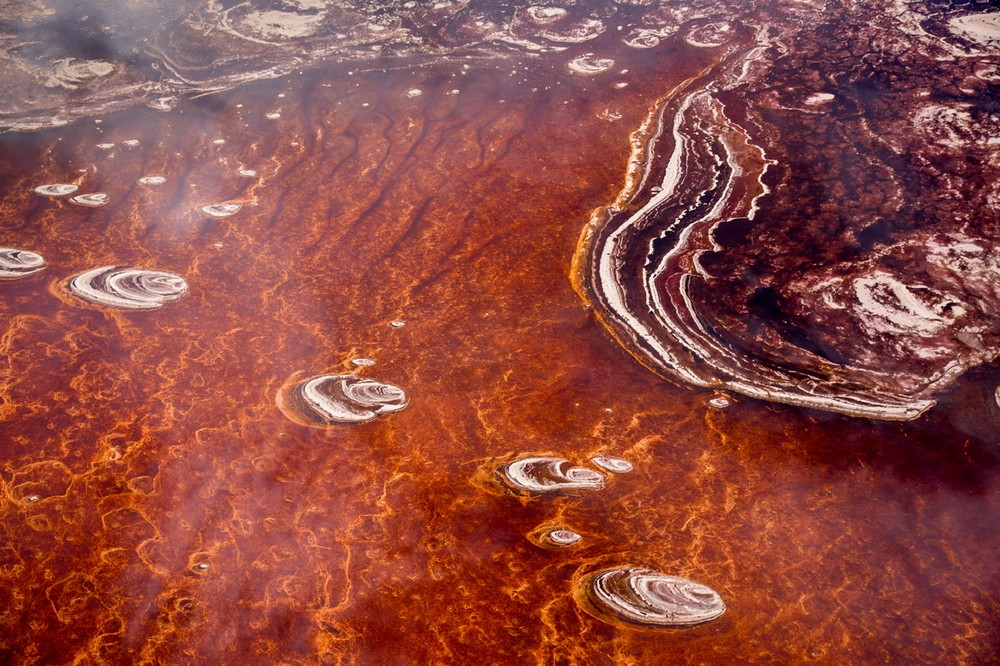
The reason why the water is so red is because only a limited amount of creatures can actually thrive in this hot and salty environment. One creature that absolutely loves it is a microorganism called cyanobacteria which has pigment that colors the water red in the deep parts and orange in the shallow parts.
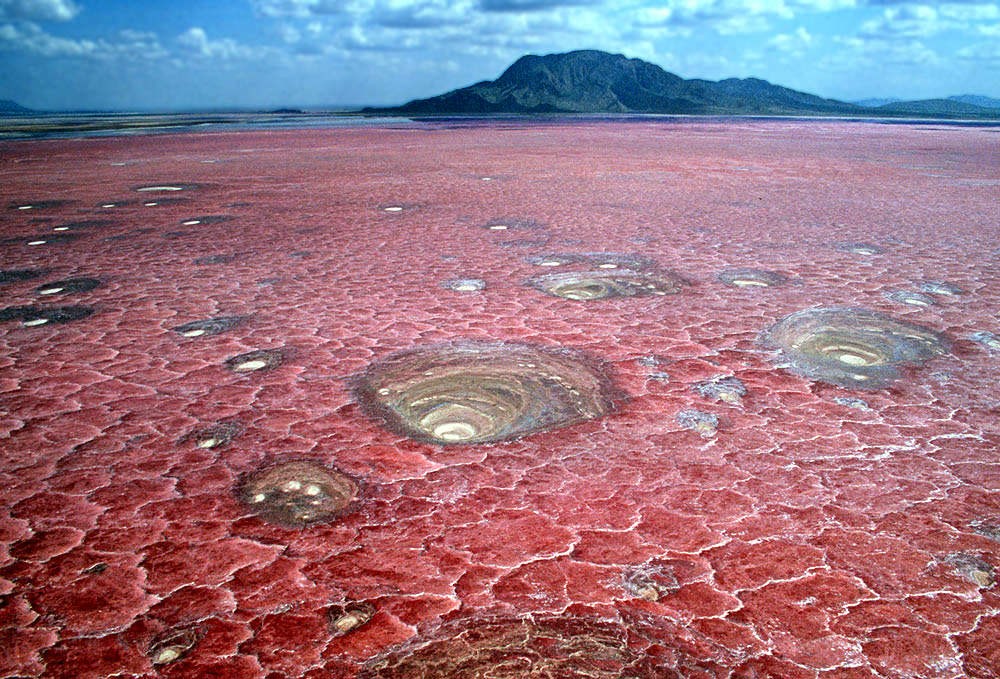
As appealing as the lake may look, the water has so much chemicals in it that it would burn your skin and eyes. If a creature drinks it, it will probably suffer severe cell and nerve damage, leading to death. Whenever a creature crashes into the lake somehow, it is instantly calcified. While it looks like they’re being turned to stone, it’s more comparable to mummification actually.
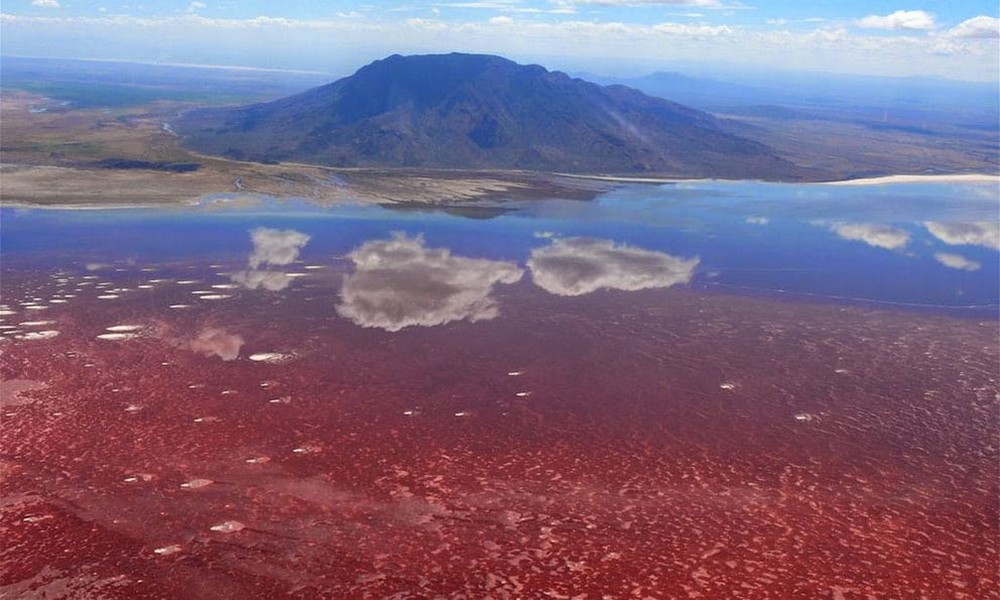
For some reason our good friends the flamingos also have very little issue with the lake’s toxicity and Lake Natron has even become a breeding ground for millions of otherwise endangered flamingos. In fact, most of the flamingos born in the world are born around Lake Natron.
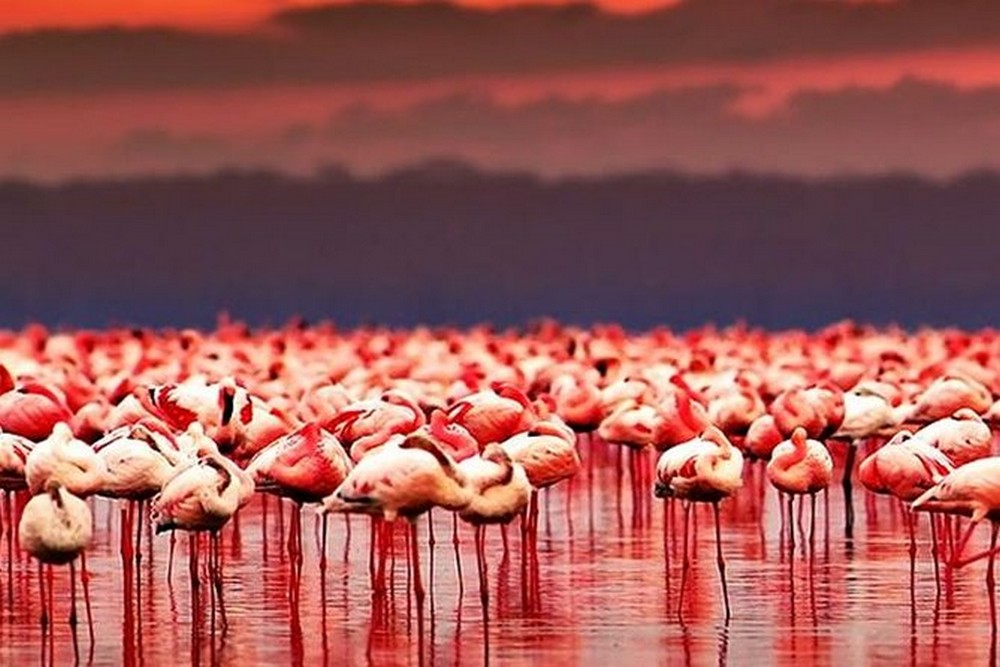
The main reason why they like it is because the lake forms a pretty solid barrier between predators and their nests, and flamingos also love the taste of cyanobacteria. In fact, eating the cyanobacteria is what gives the flamingos their signature pink hue!
Despite Lake Natron being a death trap for lots of animals on a weekly basis, it has to be said that its ecological function and value can not be understated. It creates a unique piece of biodiversity not seen anywhere else on this planet and allows the flamingo population to thrive where they would otherwise go extinct from being attacked by predators. And let’s be honest: the lake just looks pretty as well!
source: zestradar.com








